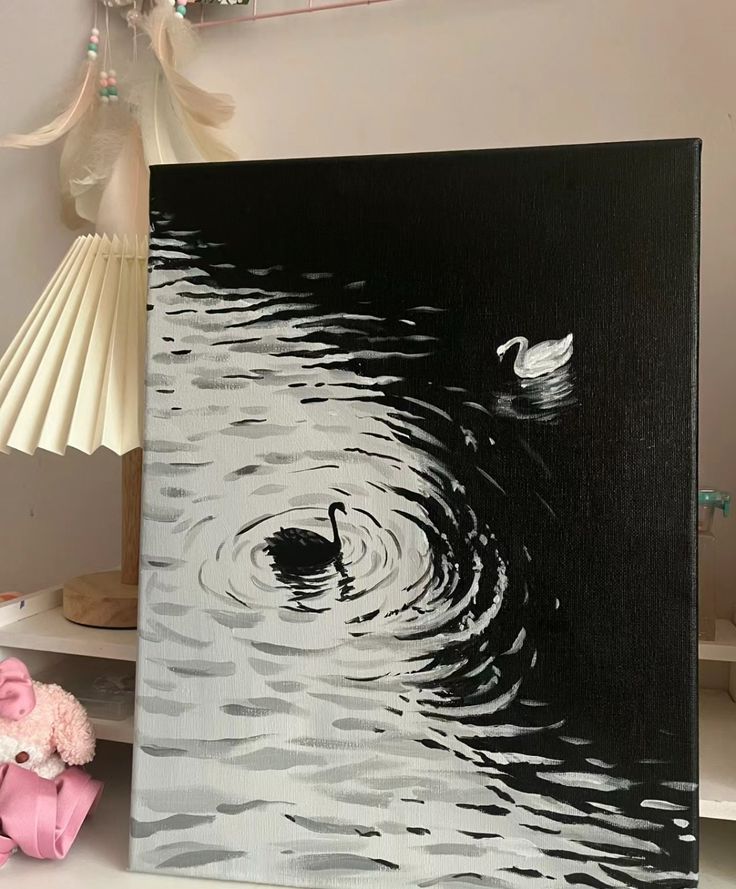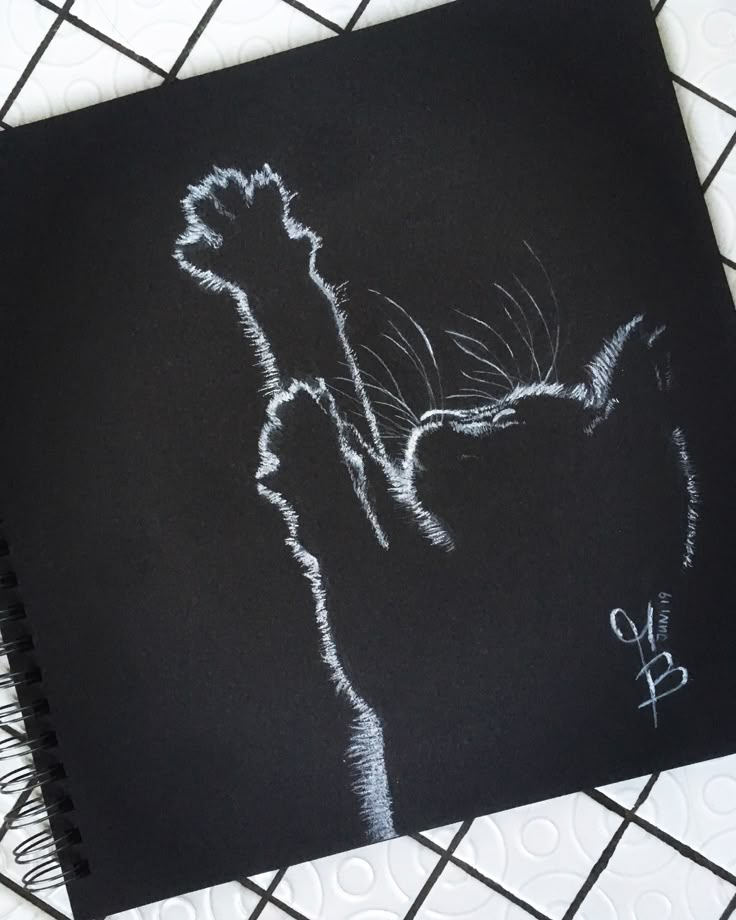
Tips and Tricks to Improve Your Canvas Painting Skills
Canvas painting is a rewarding and expressive art form that allows artists to convey their emotions, ideas, and creativity through color and composition. Whether you are a beginner or an experienced painter, continuously refining your skills can help you achieve more compelling and polished results. Mastering techniques, understanding materials, and experimenting with new approaches can significantly enhance your artwork. This guide provides essential tips and tricks to elevate your canvas painting skills and unlock your artistic potential.
Choosing the Right Materials
Selecting high-quality materials is fundamental to producing exceptional canvas paintings. The type of canvas, paint, brushes, and additional tools you use can influence the texture, depth, and longevity of your work. Opt for professional-grade paints, as they contain a higher concentration of pigments, resulting in richer and more vibrant colors. A well-primed canvas ensures smooth application and prevents paint from being absorbed unevenly. Investing in a variety of brush shapes and sizes allows for greater control and precision in your brushwork. Additionally, a sturdy easel provides stability and helps maintain a comfortable painting posture.
Mastering Brush Techniques
The way you handle a brush can significantly impact the final appearance of your painting. Practicing different brush strokes and understanding their effects can improve your ability to create diverse textures and details. Experiment with dry brushing for a scratchy, textured effect or use glazing techniques to build transparent layers of color. Varying pressure and movement while painting can produce dynamic strokes that add dimension to your artwork. Cleaning and maintaining your brushes properly ensures their longevity and prevents unwanted color mixing during painting sessions.
Understanding Color Theory and Mixing
A solid grasp of color theory enables you to create harmonious and visually appealing compositions. Learning about primary, secondary, and complementary colors helps you make informed decisions when blending hues. Mixing colors on a palette rather than directly on the canvas provides greater control over shades and tones. Creating a color chart with different combinations can serve as a reference guide for future projects. Experimenting with warm and cool tones can evoke different moods and atmospheres within your painting, enhancing the overall impact.
Developing Strong Composition Skills
A well-balanced composition guides the viewer’s eye across the painting and enhances its visual appeal. Using techniques such as the rule of thirds, leading lines, and focal points can improve the structure of your artwork. Planning your composition with preliminary sketches or underpainting allows for adjustments before applying final layers of paint. Paying attention to negative space ensures that each element in the painting has room to breathe, preventing overcrowded or chaotic compositions.
Enhancing Depth and Dimension
Creating a sense of depth and perspective adds realism and complexity to your canvas paintings. Overlapping objects, using varying levels of detail, and adjusting the scale of elements can create the illusion of three-dimensionality. Atmospheric perspective, achieved by softening colors and reducing contrast in the background, enhances the sense of distance. Shading and highlighting techniques, such as chiaroscuro, can add volume and form to objects, making them appear more lifelike.
Experimenting with Different Techniques
Exploring new painting techniques allows you to expand your creative possibilities and develop a unique style. Impasto, which involves applying thick layers of paint, adds texture and movement to the surface. Sgraffito, the process of scratching into layers of wet paint, reveals underlying colors and creates intricate details. Pour painting and palette knife techniques offer unconventional approaches that can result in stunning abstract effects. Embracing a spirit of experimentation fosters growth and prevents artistic stagnation.
Practicing Consistently
Regular practice is key to improving your canvas painting skills and building confidence. Setting aside dedicated time for painting helps you refine your techniques and develop a stronger artistic voice. Keeping a sketchbook or visual journal allows you to explore ideas and document progress over time. Engaging in daily or weekly painting exercises, such as rendering objects from different angles or recreating famous artworks, enhances observational skills and technical proficiency.
Conclusion
Improving your canvas painting skills is a continuous journey that requires dedication, curiosity, and practice. By mastering fundamental techniques, experimenting with different styles, and seeking inspiration from various sources, you can elevate your artistic abilities and produce compelling, expressive works of art. Whether you paint for personal fulfillment or professional aspirations, embracing the creative process and enjoying the act of painting will lead to growth and success in your artistic endeavors.

